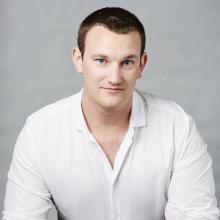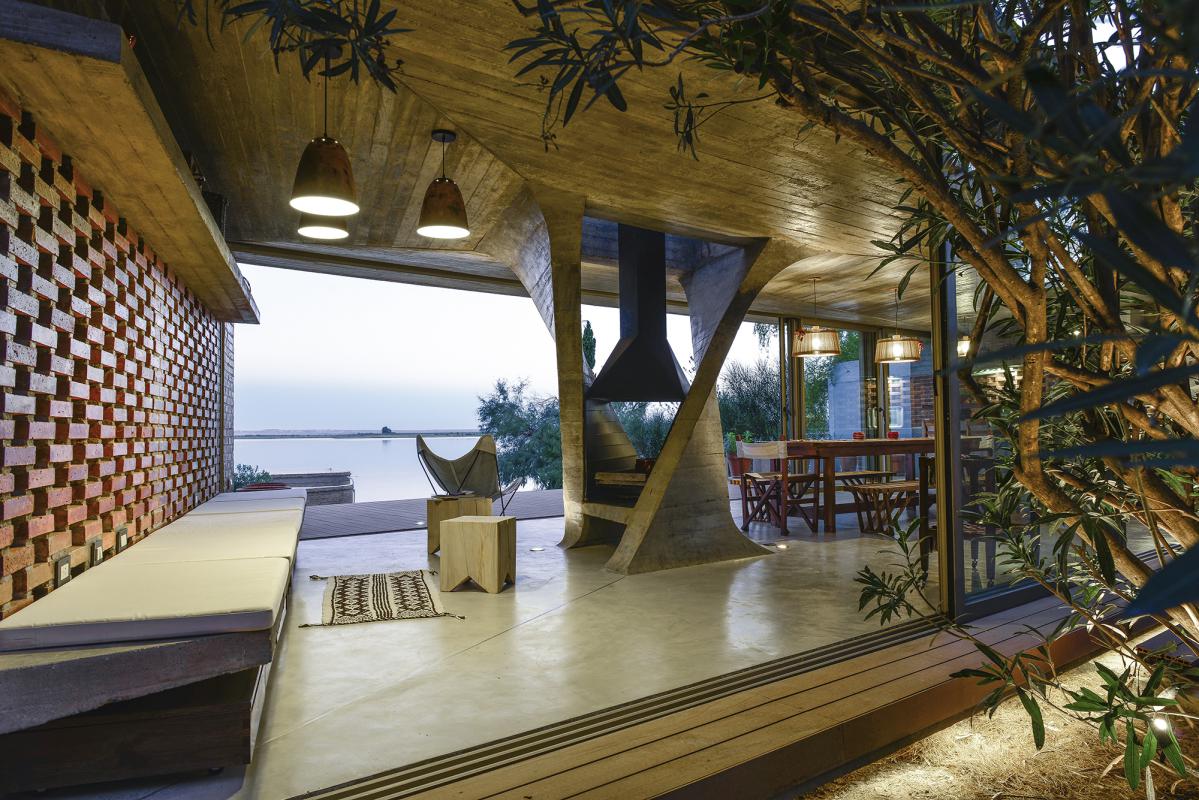
Born and raised in Argentina, Luis Etchegorry received in 2006 his Master in Arts in Advanced Architectural Design diploma from SAC (Städelschule Architecture Class) in Frankfurt, Germany under the tutorship of Prof. Ben van Berkel, Prof. Johan Bettum, and Prof. Mark Wigley. In October 2015, he was appointed as Guest Professor for Digital Design Techniques (Digitale Entwurfstechniken) at Universität Kassel, Germany. From 2006 until 2008, he held an Assistant Professorship position at the SAC/Städelschule Architecture Class and co-directed the Space of Communication interdisciplinary project sponsored by T-Mobile Deutschland.
His research and design work has been exhibited at several institutions. In 2008 he joined UNStudio (Ben van Berkel and Caroline Bos) and during this period worked on several award-winning projects. I sat down with the co-founder of NE-AR (Nixdorff Etchegorry — Architecture Research, a practice that “mixes keen analysis and formal experimentation into uniquely responsive designs”) and discussed his passion for integrating Latin American and European architecture, as well as the importance of scholarly digital modeling research.
LUIS ETCHEGORRY: I am from Argentina, and my partner Lars Nixdorff is originally from Frankfurt. Basically, we have a common professional and academic background because we met ten years ago when we did a Master's course in Städelschule Architecture Class led by Ben van Berkel from the UNStudio. We were mates in the Master's course, which was called at that time “Master in Arts in Advanced Architectural Design” It was oriented in the methodology of digital techniques. Ben van Berkel is still the dean of the architectural class.
After we graduated, I took an assistant professorship position there in the Master's class. At the same time, Lars was actually going to work at UNStudio in Amsterdam. Then, after two years of being an assistant to the professor, I also went to the UNStudio in Amsterdam to work. First, as an architect, and then I became a senior associate in the studio for a period of five years.
In 2013, we started to figure out with Lars that it was the moment to found our own office, NE-AR. So that meant that we basically needed to figure out where we would locate our own office. Actually, at that moment, Lars was already back in Frankfurt, and we decided that Frankfurt would be the right place because there are many resources. Frankfurt is a really central city within Europe, as you might know. The architectural scene is really well connected through a network of engineers and consultants that are within the city and the region.
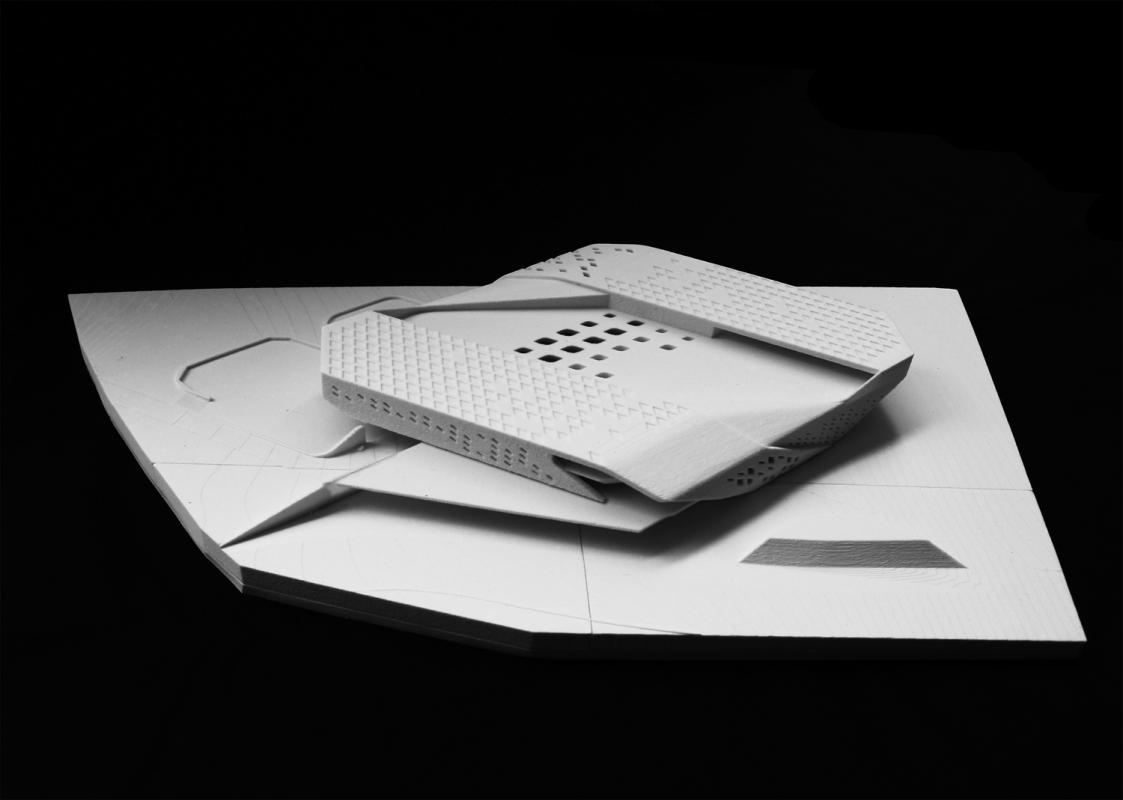 The main focus of our office is to continue with our research agendas. We develop the projects within the office, and it is rooted in experimentation and research. That means that we are staying connected with academia. At this moment, we are both guest professors at the University of Kassel in Germany. We are running a class that is called “Digital and Design Techniques.” That is why everything that we do here in the office parallels with research and academia. That's the main idea.
The main focus of our office is to continue with our research agendas. We develop the projects within the office, and it is rooted in experimentation and research. That means that we are staying connected with academia. At this moment, we are both guest professors at the University of Kassel in Germany. We are running a class that is called “Digital and Design Techniques.” That is why everything that we do here in the office parallels with research and academia. That's the main idea.
We decided that the professional experience we got in the UNStudio in Amsterdam was good to help us start our new studio. We are also bringing back the design and innovation, and they are the key elements to everything that we do, and it will make a difference between us and other practices. At the same time, we are also a young office. We established this studio two-and-a-half years ago.

STEVE M. NAPIER: What are the commonalities between you and Lars? You met and progressed together, but were there certain principles by which you both work in architecture? Is it the fact that you both work together, and you get along very well? I often find it very fascinating, when working with other architects, what sort of holds you together? Do you inspire each other?
LE: Yes, sure. We share the same interests in design techniques. At the same time, we share the same will and push to try and develop a new way of understanding architectural problems.
SMN: So you have a very similar kind of approach to finding solutions to problems?
LE: Yes. Our background is very similar, but at the same time the fact that we are two different people from different regional backgrounds enables us to explore our work in a better way. We also are good at bringing in contacts—in Germany, in particular, and also in South America and in Argentina. I find this completely important to the growth of our practice. That would be another reason we came together.
SMN: How long did you stay in Argentina? Was it until university?
LE: Yes. After I graduated, I moved to Frankfurt for the Master's course in mid-2000. Actually, the economic situation in Argentina then was not so good. That was one of the reasons why I also put the emphasis in staying here in Europe.
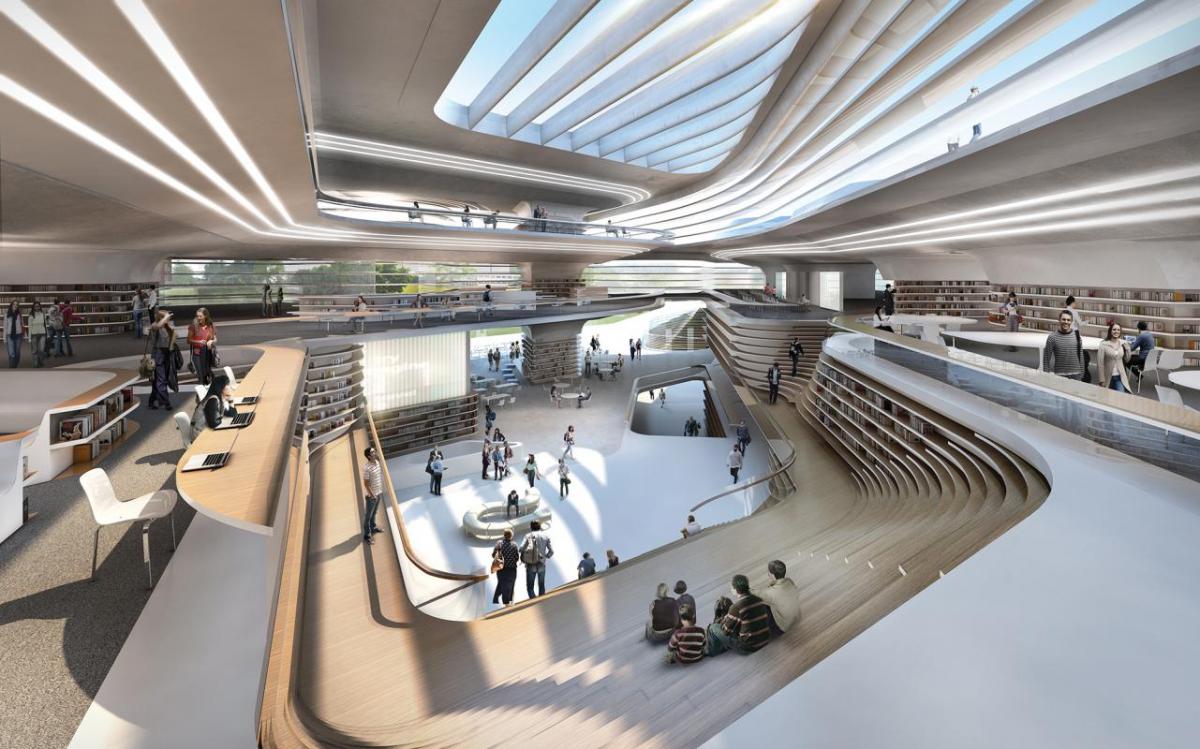
SMN: So how has South American modernism influenced your style of architecture or approach to architecture?
LE: Well, that's a good question. Actually, when I was a student, I started to work with an architect in Argentina called Claudio Vekstein. He is also a professor at Arizona State University. We had a big reference to Latin American architecture.
There was one project that we finished that relates to your question about Latin American modernization in relation to the work of certain materials like exposed concrete. There were also some relations to structural input, that they are very strong about in Latin American architecture—the exposure of a certain or specific material in itself, but showing all the performances with that material and also the structural performances that it could achieve.
At the moment, we are mixing. When two types of cultures meet, like German and Argentinian, we are starting to see that there is a merging of these two parameters. Even though the production of the projects that we develop here in Europe and Germany is good, you might not be able to do the same in Latin America because of codes, relations, and specific demands on materials.
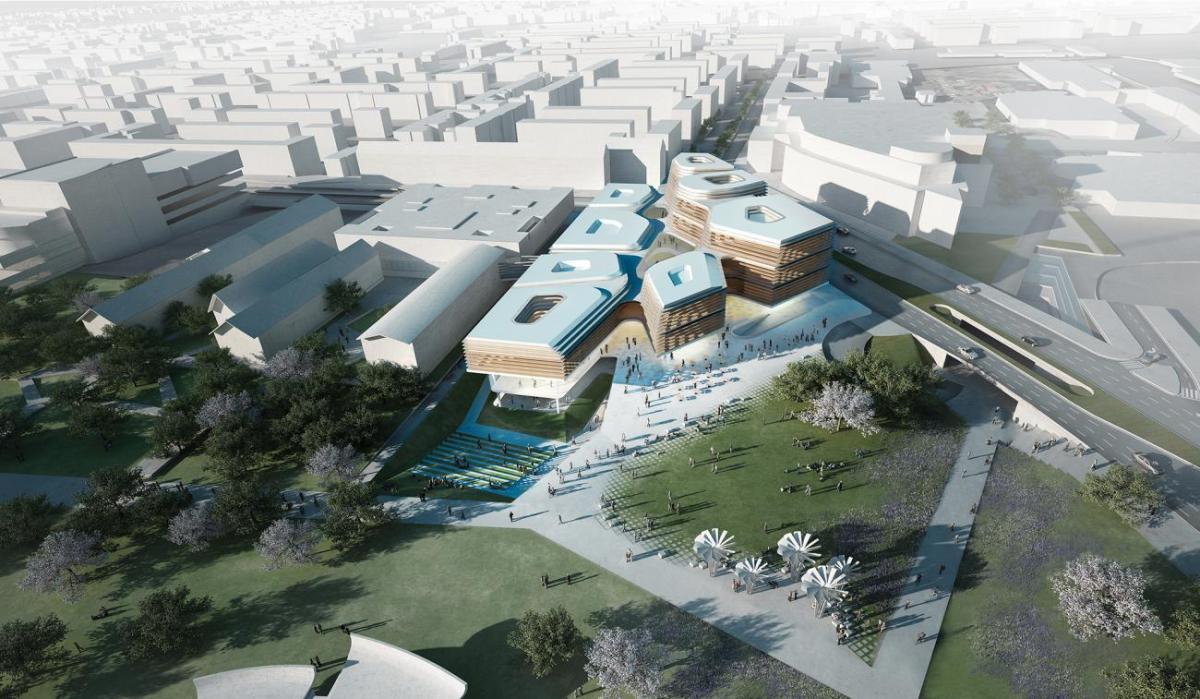
SMN: You also just mentioned, which is interesting to me, that your architecture is based on research. Shouldn't all architecture be based on that? It seems only certain studios actually practice evidence-based design.
LE: Yes, I think that you are absolutely right about that. What I am not so sure about is if everyone is doing that. Research is one of the important parts of our practice. I would consider that most of the young practices coming out from a strong academia background have been taking part in many of the world-leading academia institutes either in the US, Europe, or wherever—all of these people are aware of that fact.
I would also like to clarify is that we maintain our research is based on digital design research. That also leads me to tell you that the way that we work is almost like starting a series of many iterations of environments and models. There are a lot of variations within the typologies in order to understand the variety of possibilities that we might consider. Then, going in a series of digital design techniques to put forward.
SMN: From what I have seen in a lot of studios, it is still quite rare for younger studios to be at the forefront of that digital space and actually explore the possibilities with technology—what you can do not just by fitting beautiful shapes within the urban fabric, but structurally, as well. You reference academia a lot. How important is this to you, and what do you actually mean by that academia? Do you mean networking with fellow architects? Is it about sharing different ideas and theories?
LE: Yes, definitely. It is about networking with some fellowship professors, not only from the field of architecture, but in other fields like engineering and other art disciplines. At the same time we are enriched by the resources from the work of our students. It is almost like expanding your own practice to an open resource of information and the inspirations.
For example, in class we are discussing our architectural preoccupations with the students, so they continue working on the same ideas and preoccupations that we are having at the moment. That is a completely nourishing process with feedback from our students.
SMN: Were there any particular areas in architecture on a global level that interests you as a particular issue?
LE: Yes, that's a very good question. I don't want to be too generic. I am coming back to what we were discussing before. I think that in my personal view, there is some very interesting structural relations, and I am talking about structural performances that a project might have. That comes back to talking about Latin American architecture.
We really concentrate on the structures and the relations in an environment with specific material that could bring specific effects to any project. We have, for example, developed a light installation that we did two years ago for a light festival here in Frankfurt called “Luminale.” What we did was a complete structure made out of glassworks that had a specific cut that could work with spectrums of natural light through the transparent glass, and it brought out different effects of light. On that particular project was an idea of an integrated, holistic, more structural device.
Many of our projects are running with that same idea because of the scale of building a house or larger-scale projects we are interested in. That is one of our main interests and passions. ![]()

